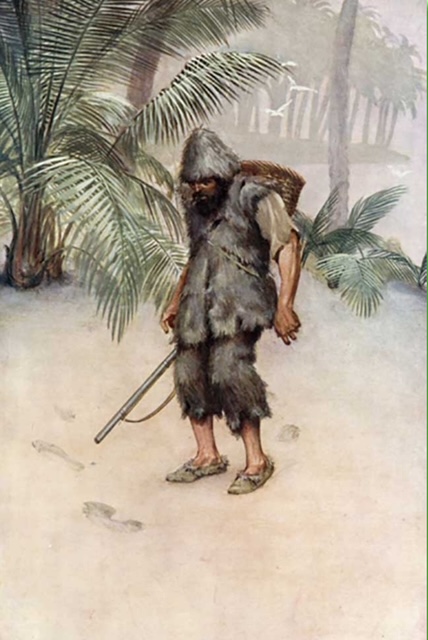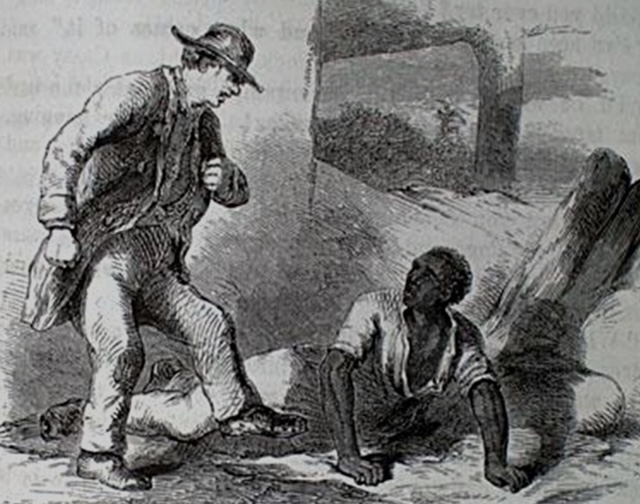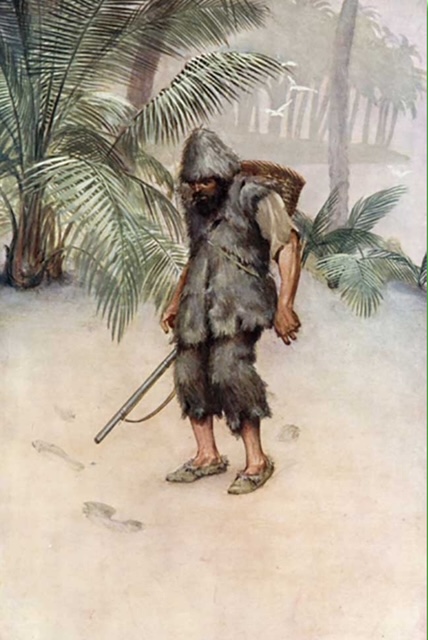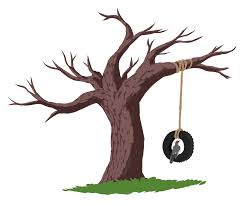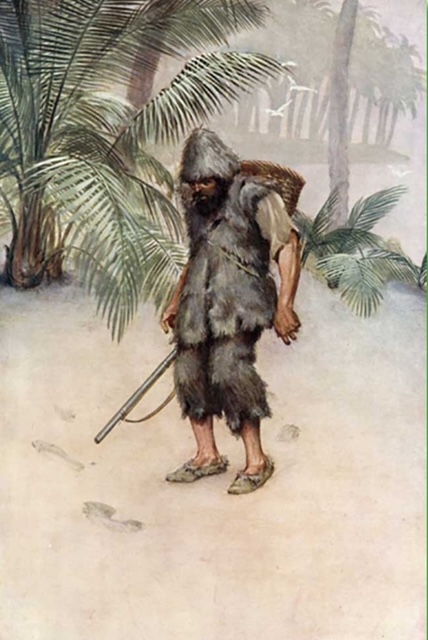
de Daniel Defoe
Băiatul vrea să lucreze pentru căpitan. Așa că băiatul începe să fie marinar.
Nava este în drum spre Brazilia. Ajungem în Brazilia după douăzeci de zile.
Îmi iau rămas bun de la băiat și de la marinari.
Brazilia este un nou stat din America de Sud. Mulți oameni încep o nouă viață aici. La mine este la fel. Nu cunosc pe nimeni aici.
Întâlnesc niște oameni. Au plantații de zahăr. În curând suntem buni prieteni.
Îmi place foarte mult Brazilia. În curând învăț limba. Am niște bani de la căpitan. Cumpăr un teren mic în Brazilia.
Încep să produc zahăr. Nu produc mult la început. Dar după doi ani, plantația mea este mare.
Sunt singur. Dar viața mea este bună. Situația mea financiară este mai bună în fiecare lună.
După trei ani în Brazilia, am destui bani. Pot avea o femeie pentru a-mi face curatenie in casa. Îmi întreb prietenii dacă cunosc o femeie bună. Un prieten spune: „Am o fiică. Ea are optsprezece ani. Cred că poate lucra pentru tine. De asemenea este o bucătăreasă foarte bună.”
A doua zi, fiica lui vine la mine acasă. Ea este prietenoasă. Dar ea este timidă. Este și o fată foarte drăguță. Noi vorbim. Îi spun de ce am nevoie.
A doua zi, vine la mine acasă. Ea curăță podeaua murdară. Ea îmi curăță mobila.
Ea vine la mine acasă în fiecare dimineață, luni și joi. Lucrează 4 ore. Ea gătește pentru mine. Ea dă mâncare și pisicii mele.
Sunt mereu fericit când văd fata. Uneori luăm micul dejun sau prânzul împreună și vorbim.
Apoi, este bolnavă. Ea nu poate veni la mine acasă. Simt un sentiment ciudat când ea nu este în casa mea. Mi-e dor de ea. Mă gândesc: „Poate o iubesc”.
O săptămână mai târziu, vine la mine acasă. Sunt fericit când o văd. Văd că și ea este fericită.
O imbrățișez. Apoi o sărut. Este un sărut lung.
Două săptămâni mai târziu, merg la casa tatălui ei. Îl întreb dacă mă pot căsători cu fiica lui. El este liniştit. Aștept răspunsul lui. Apoi spune: „Sunt de acord”. Sunt foarte fericit.
Două luni mai târziu, mă căsătoresc cu fiica prietenului meu. Începem să planificăm o familie. Această parte a vieții mele este grozavă.
Avem planuri mari pentru familia noastră. Avem planuri mari pentru plantația noastră. Avem nevoie de o casă mai mare. Avem nevoie de mai mulți bani pentru o casă mai mare. Mă gândesc la afacerile din Africa. Pot câștiga o mulțime de bani în Africa rapid. Vorbesc foarte des despre Africa cu prietenii mei. Le spun prietenilor mei că putem face mulți bani în Africa.
Poți asculta aici:
in English:
The boy wants to work for the captain. So the boy starts to be a sailor.
The ship is on the way to Brazil. We come to Brazil after twenty days.
I say goodbye to the boy and the sailors.
Brazil is a new state in South America. Many people start a new life here. It is the same for me. I know nobody here.
I meet some people. They have sugar plantations. Soon, we are good friends.
I like Brazil very much. Soon, I learn the language. I have some money from the captain. I buy a small land in Brazil.
I start to produce sugar. I don’t produce much at the beginning. But after two years, my plantation is big.
I am single. But my life is good. My financial situation is better every month.
After three years in Brazil, I have enough money. I can have a woman for cleaning my house. I ask my friends if they know a good woman. One friend says, “I have a daughter. She is eighteen years old. I think that she can work for you. She is also a very good cook.”
The next day, his daughter comes to my house. She is friendly. But she is shy. She is also a very pretty girl. We talk. I tell her what I need.
The next day, she comes to my house. She cleans the dirty floor. She cleans my furniture.
She comes to my house every morning on Monday and on Thursday. She works for 4 hours. She also cooks for me. She also gives food to my cat.
I am always happy when I see the girl. Sometimes we have breakfast or lunch together and we talk.
Then, she is ill. She can’t come to my house. I feel a strange feeling when she is not in my house. I miss her. I think, “Maybe, I love her.”
One week later, she comes to my house. I am happy when I see her. I see that she is happy too.
I hug her. Then I kiss her. It is a long kiss.
Two weeks later, I go to her father’s house. I ask him if I can marry his daughter. He is quiet. I wait for his answer. Then he says, “I agree.” I am very happy.
Two months later, I marry the daughter of my friend. We start to plan a family. This part of my life is great.
We have big plans for our family. We have big plans for our plantation. We need a bigger house. We need more money for a bigger house. I think about the business in Africa. I can make a lot of money in Africa fast. I speak about Africa with my friends very often. I tell my friends that we can make a lot of money in Africa.


